Home / Unveiling the Mystery of Dark Weed
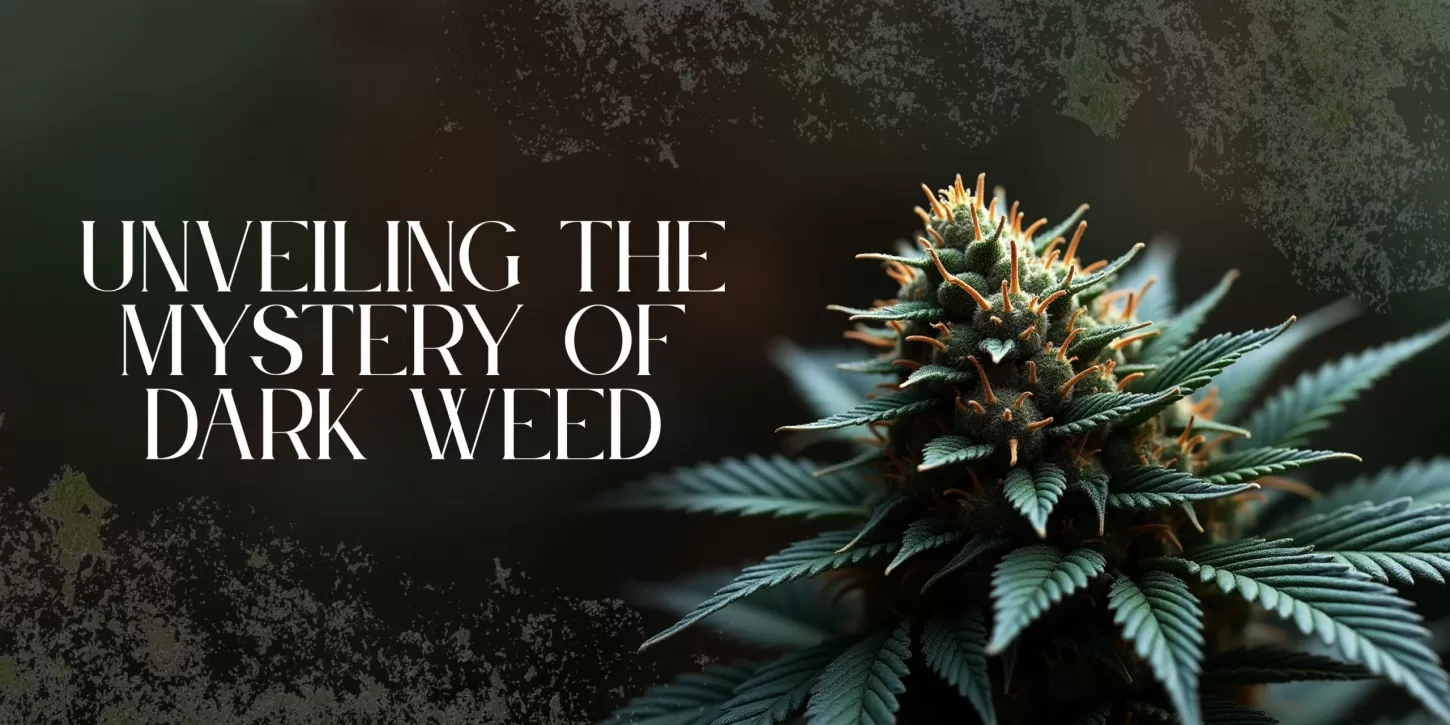
Cultivating cannabis is always a surprise, and the most fascinating of these surprises is perhaps dark weed—a kind of variant variety of plant that darkens. Dark is more than skin-deep; it could be a sign of atypical genetics, environmental stress, or stress response. Some strains naturally have a purple or black color due to anthocyanins, while others shift color with the proper conditions, particularly in the dark phase of growth.
The dark cycle, where plants are kept in complete darkness, plays a great deal of role in plant health and pigmentation in general. Temperature drop and reduced light stimulation can induce dark color, and certain strains get extremely colorful. Whether you grow or not, understanding why dark weed works is just more to enjoy. Tune in to find out the secrets behind this fascinating phenomenon and how you can get these breathtaking colors in your garden.

Marijuana cultivation is a delicate process with strict regulation of numerous environmental factors, including light and darkness. While light is crucial for photosynthesis, darkness is also required for bud development and overall plant health. Recognition of the impact of darkness, particularly for flowering and pre-harvest, can significantly improve yield potency and quality. This research explores the significance of “36 hours of darkness during flowering,” whether “buds grow at night or day,” and the result of “darkness before harvest” for cannabis crops.
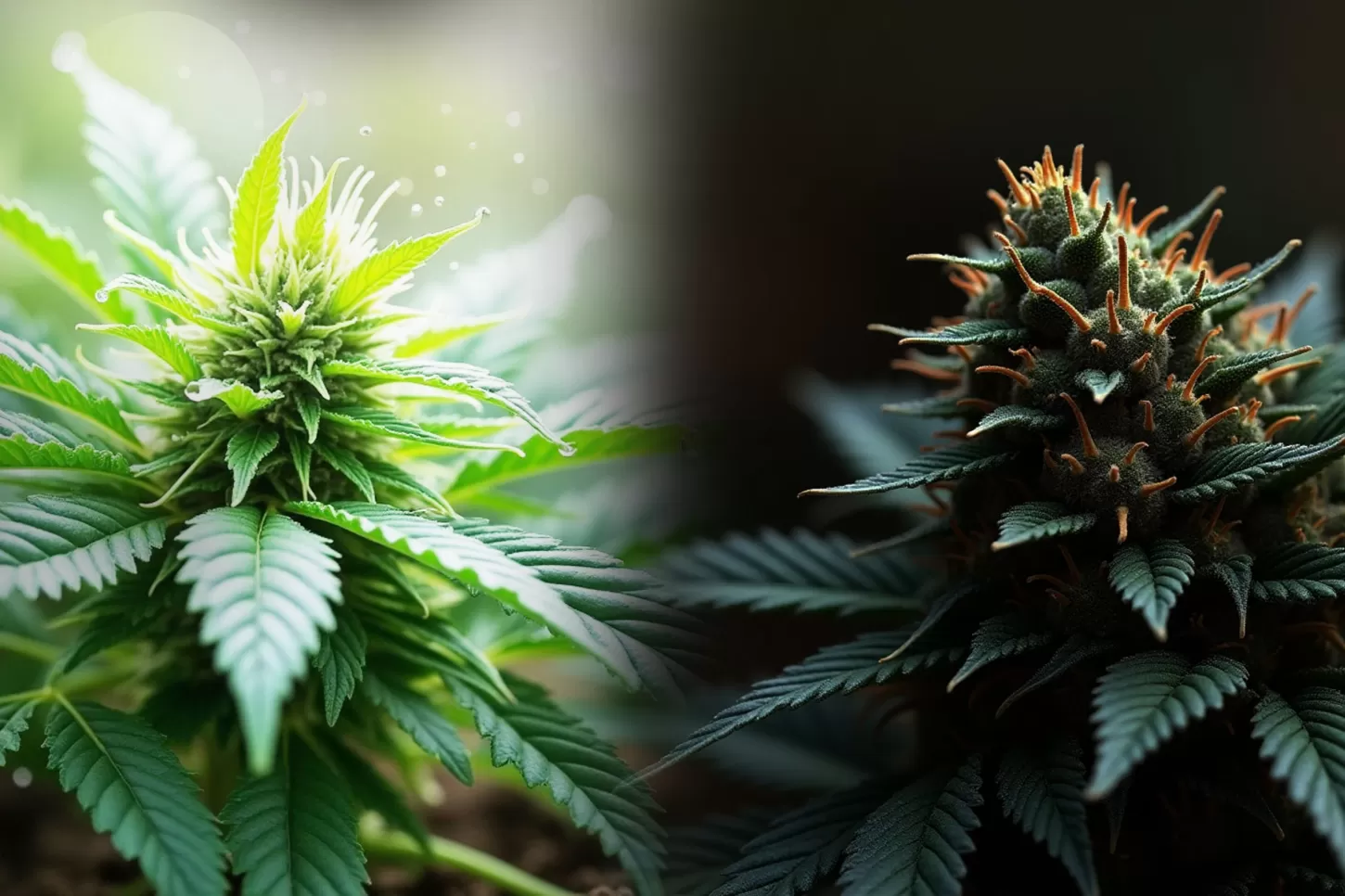
Just like any other plant, cannabis uses light to generate energy from the process of photosynthesis. But darkness is used for important physiological processes. The dark period is when cannabis plants metabolize stored sugars, distribute energy, and increase root development. It is through the balance of the light and dark periods that efficiency of growth cycles and flowering success are achieved.
Another of the popular techniques used by gardeners is the application of “36 hours darkness during flowering” to cannabis plants prior to induction into the 12/12 light cycle. It is theorized that it promotes a better hormonal response and causes the plant to be primed to grow to reproductive more effectively.
At flowering, cannabis plants release more phytohormones such as florigen, which induce bud development. An uninterrupted dark period of 24 hours (or occasionally up to 36 hours) prior to starting the 12-hour light cycle can simulate the natural seasonal shift, encouraging plants to flower more intensely. Growers should, however, exercise caution since prolonged darkness for longer than this period may induce unnecessary stress or hermaphroditism in some strains.
It is usually asked of gardeners: Do “buds grow by night or by day.” This has to do with how plants spend their light cycle and dark cycle expending energy.
Daylight Development (Light Phase): Marijuana plants concentrate on photosynthesis during the light phase, utilizing sunlight (or artificial growth light) and directing it into energy.The energy fuels growth that is vegetative, i.e., extension of the stem and leaf formation.
Night Growth (Dark Period): Buds will become more noticeable during the night. Under darkness, the plant diverts the energy it has stored throughout the day to areas of flowering. This period enables the plant to focus on resin growth, terpene production, and cannabinoid synthesis. Primarily, the structural growth takes place during the day, but the bud density and potency are maximized during the night.
The understanding of this balance allows growers to manipulate light cycles for optimal bud development and resin production.
And yet another highly controversy-contested practice in growing cannabis is the “darkness before harvest” method. Growers utilize 36-72 hours of total darkness to maximize potency, taste, and resin content for the majority of crops.
The reasoning here is that extended darkness stresses the plant, making it produce higher trichome production as a last resort defense. Trichomes have the highest level of cannabinoids (THC and CBD) and terpenes, which determine the general quality and scent of the buds.
Also, pre-harvest darkness will minimize the amount of chlorophyll, and as a result, it will make smoking smoother. However, the success of such a process depends on growth conditions and genetic factors of the strain.
In order to harness the advantages of darkness in cannabis growth, farmers need to embrace the following best practices:
1.Accurately Control Light Cycles: Keep equal dark periods during flowering (12 hours of uninterrupted darkness) to avoid interrupting bud formation.
2.Prevent Light Leaks: Even slight light exposure during the dark phase can stress the plants and trigger hermaphroditism.
3.Extended Darkness Prior to Harvest: If testing extended darkness prior to harvest, test 24 hours and its effect before extending it.
4.Maintain Plant Stress Levels: Prevent over-darkness or sudden light cycle changes that may shock the plants.
While light is necessary for cannabis development, darkness does the same job but in reverse for flowering and bud development. Techniques like “36 hours of darkness in flowering” can be used to initiate a strong flowering reaction, while information like “do buds develop at night or in the daytime” emphasizes energy distribution during night. In addition, “darkness before harvest” may also raise intensity and resin content, resulting in quality harvests. With controlled times of light and darkness, growers are capable of optimizing plant power and potential yielding.
Dark Cycle is the time of darkness in nature or an environment, which is necessary for ecological and biological functions. It is generally used while talking about plant growth, sleeping cycles, and some biochemical reactions.
In the Dark Cycle, plants respire, using stored sugars for energy. It is also necessary for flowering in flowering plants that require a photoperiod.
It stimulates the release of melatonin, which induces sleep and controls circadian rhythms.
The Dark Cycle, also referred to as the Calvin Cycle, is a process that takes place in the dark and involves carbon dioxide fixation into glucose by means of ATP and NADPH generated in the light-dependent reactions.
Nocturnal animals, by contrast, function at night and use specific adaptation mechanisms like good night vision and sensitive senses in order to survive.
Yes, too much artificial light (light pollution) will disturb sleep, influence plant development, and also have an influence on ecosystems because it confounds the natural behaviour of animals.
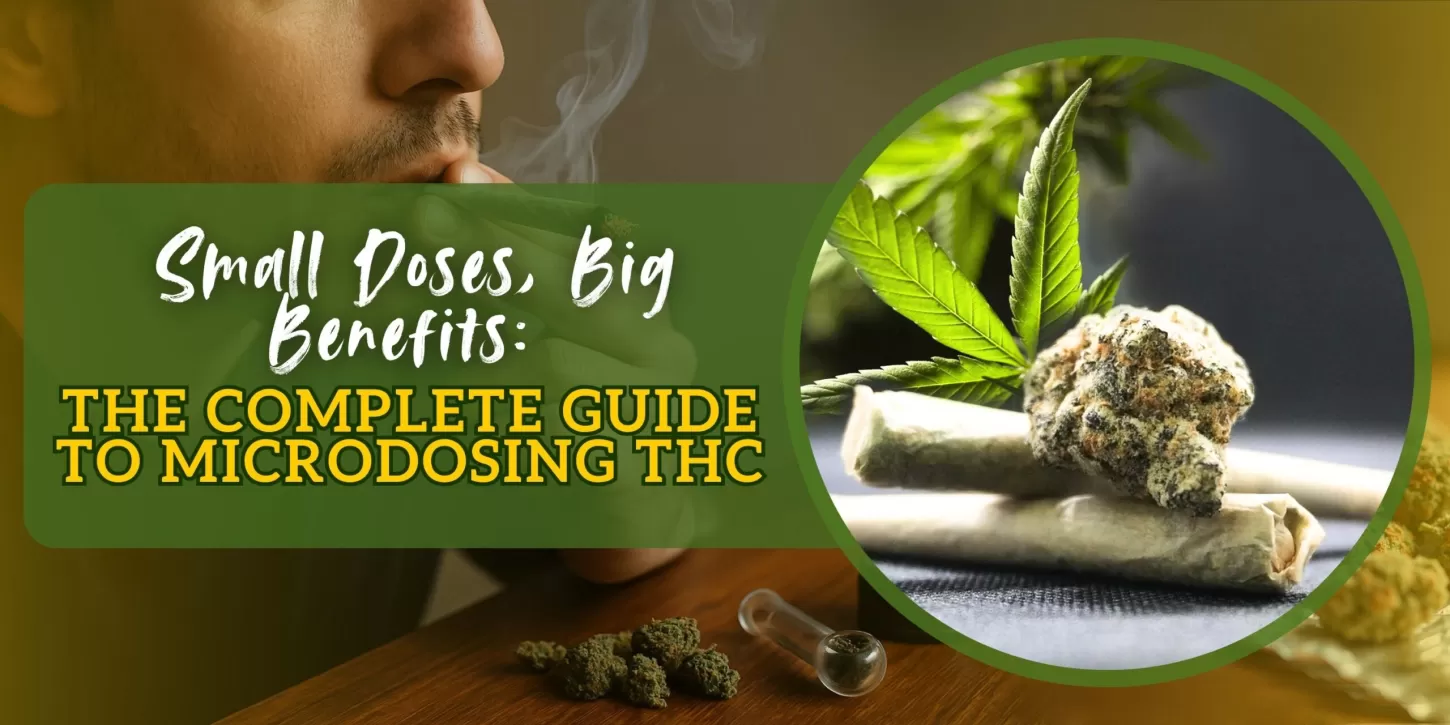


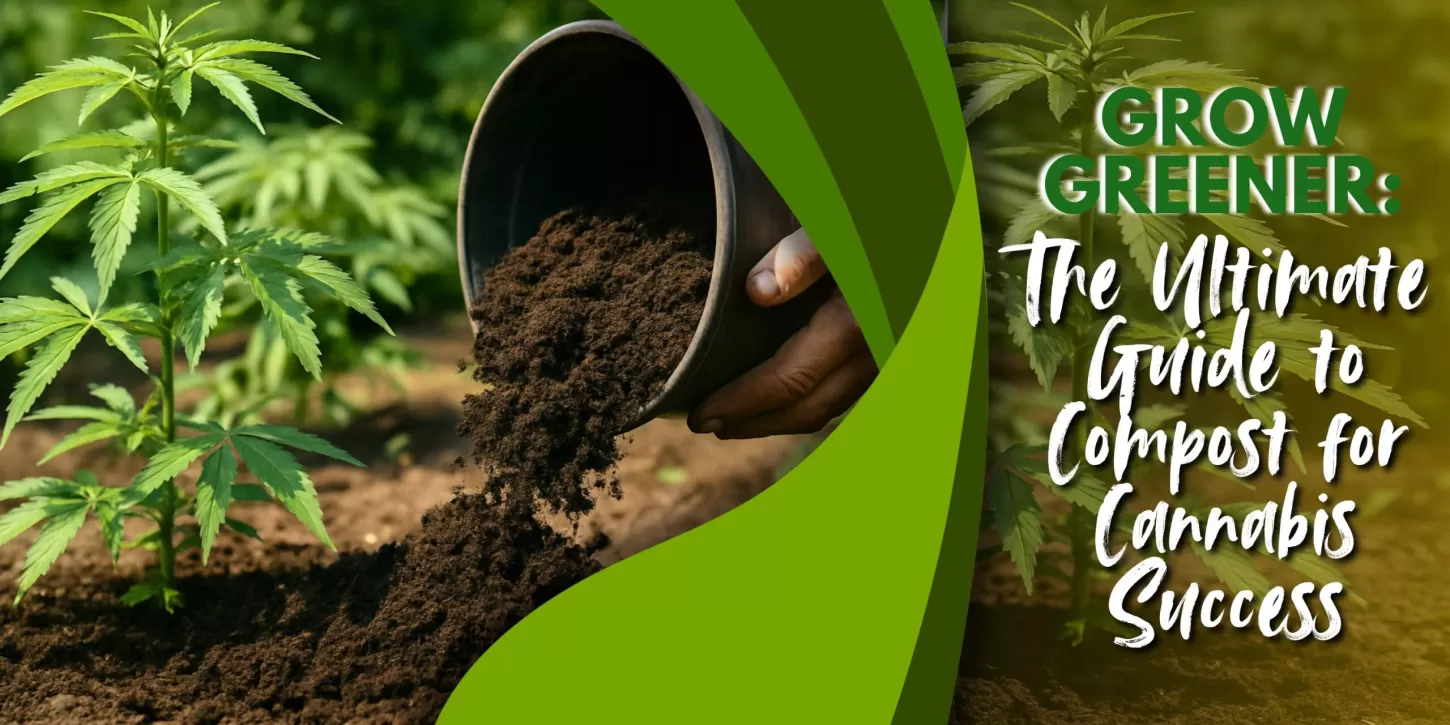
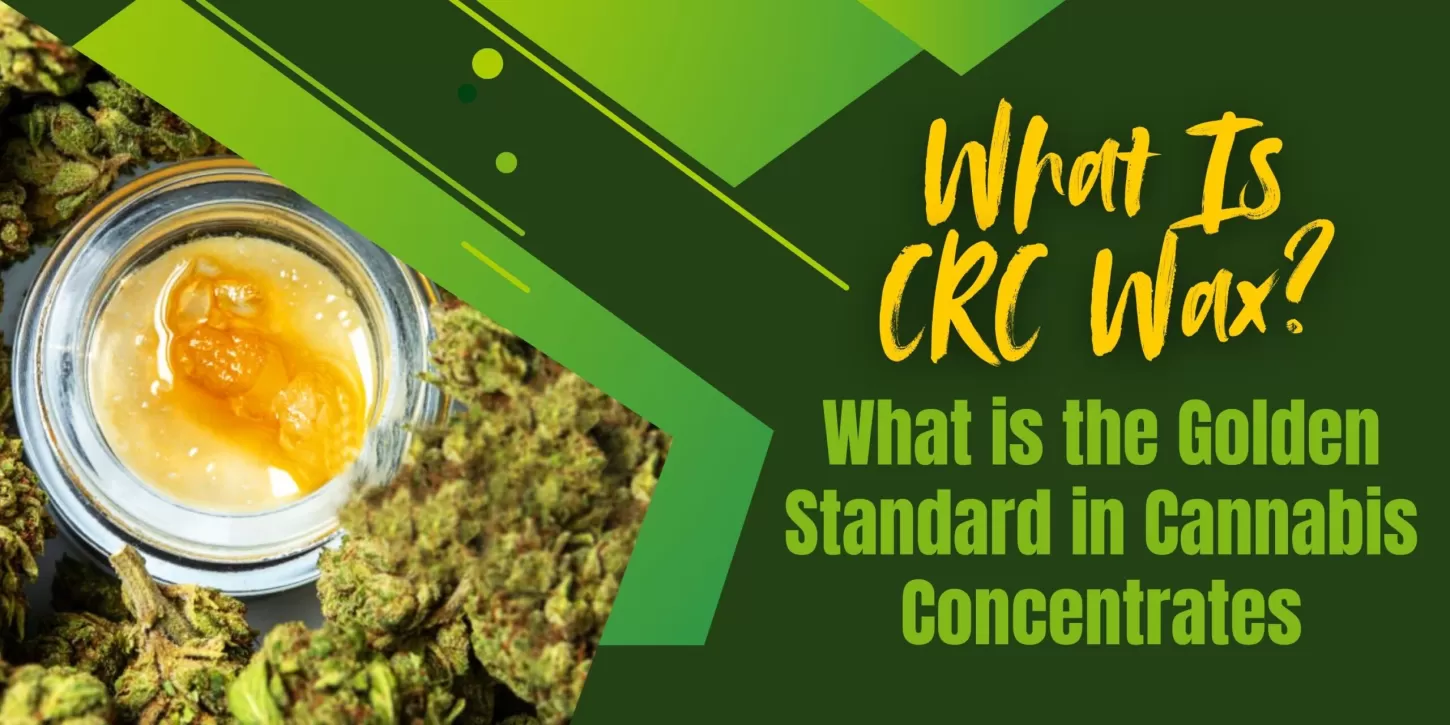
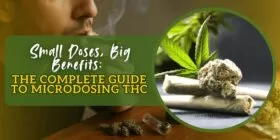



Explore a world of possibilities with VancouverSeedBank.ca. Your premier source for premium cannabis seeds, delivering quality, variety, and discreet shipping for a seamless growing experience.


Are You 18 Or Over?
By selecting “Continue”, you confirm that you are at least 18 years of age and legally permitted to access cannabis related content in your region.
By using Vancouverseedbank.ca, you agree to our terms of service.